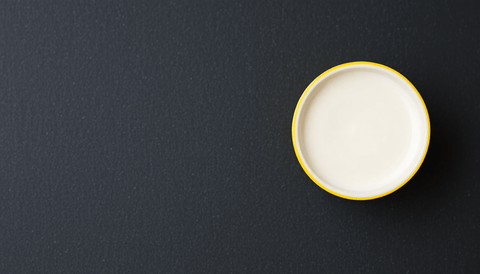Wondering how to test for nutrient deficiencies? There are science-backed options you can pursue either at home or in a clinical lab. This guide outlines the main testing paths, the simple steps involved, how results are presented, and how to take action based on what you learn. By focusing on validated methods, you can approach testing with clarity and confidence. At-home testing options typically include dried blood spot, urine, and sometimes saliva-based assessments. The process usually involves ordering a kit, following the included sample collection instructions, and returning the sample for analysis. Lab-based testing generally involves a venous blood draw or other validated sample collection performed by a trained technician. In all cases, tests are performed using established assays in accredited laboratories, and instructions emphasize proper collection to preserve sample quality. Interpreting results centers on the values reported (units, reference ranges, and notes on the method). Reference ranges can vary by laboratory method and population, so results are most meaningful when reviewed with the accompanying documentation and a qualified professional. Be mindful of factors that can influence results, such as timing of collection and any medications or supplements you may be taking, and rely on professional guidance to place results in context. Take action today by choosing a testing option that fits your situation, preparing any required information, and scheduling the test. After you receive results, document key numbers and questions, and arrange a follow-up discussion with a clinician or other qualified professional to determine next steps. This approach helps you start the process with clear, science-backed methods for testing for nutrient deficiencies.

